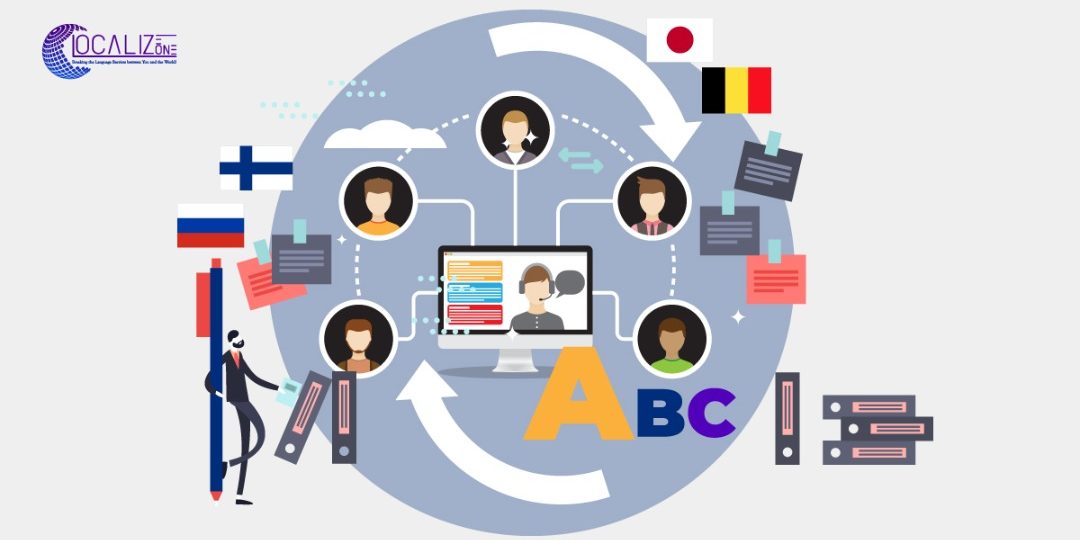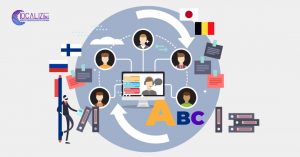
Software localization moves beyond basic translation to adjust a user interface on a cultural level. It’s not just what you’re saying; it’s how you’re saying it. Since great user experience depends on how quickly a user can understand and interact with a given page, window, or screen, the more context and cultural familiarity you’re able to provide, the better value your product will have. With more languages, you’ll be able to reach more users around the world.
The software localization process takes two common forms:
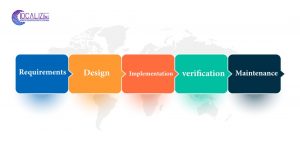
- Waterfall localization takes place at a specific time in the software development cycle, either at the very end (a post-release method) or during a specific period (the string freeze method). Once the translated text is complete from the localization service provider, the software strings are manually uploaded back into the application for merging and publishing. This can delay the translation process.
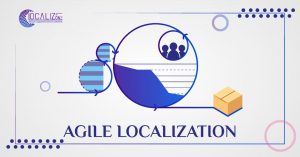
- Agile localization syncs the localization process with the development process so that they are both operating simultaneously. New and modified strings are automatically detected by the localization software and delivered whenever they are ready for merging and publishing. This allows for more efficiency and flexibility when it comes to your localization workflow, but it can be more complex and require dedicated localization engineers.
Using a localization tool like Lokalise makes it easier to implement agile localization and also connects you to professional translators, making this process a snap.
Software localization can be a tricky process, but if you keep these things in mind, you’ll be able to get up and running in no time:

- Use separate resource files.
Any solid software localization starts with internationalization. Structure your application by including separate files for each language. This step is needed for larger or more unwieldy amounts of text, but you can skip this if you’re running a smaller app. This means taking all of the text within an application and storing it outside of the actual code. In many cases, by default, the text is hard-coded within an application, but you’ll want to start by separating all of your text by language into separate files so that it’s easy to export and import them without harming the rest of the code.
- Manage your code to handle multiple languages.
Then, once you’ve separated your files, take a look at your code. When coding a given user interface, use placeholders for the text that calls back to your translation files. These placeholders search across the translation files to serve up the correct language to the user.
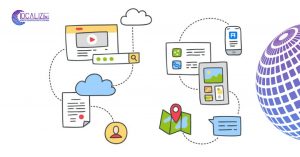
- Build-in space as language length will change.
Different languages take up different amounts of space on a page. For example, translating English to German can cause text to expand by up to 35%. English to Swedish, on the other hand, can contract text by up to 35%. If you’re translating into Asian languages like Chinese, Japanese, or Korean, you’ll also see vertical expansion from English.
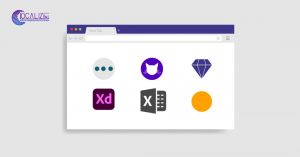
- Use a software localization tool.
Seems like a lot, doesn’t it? That’s because it is! But we’re here to help. Using a localization tool like Lokalise can help keep every project organized, on track, and successful and eliminate monotonous and manual tasks. Learn more about embracing automation, workflow transparency, and fast project delivery with Lokalise.
For more software localization contact us.

